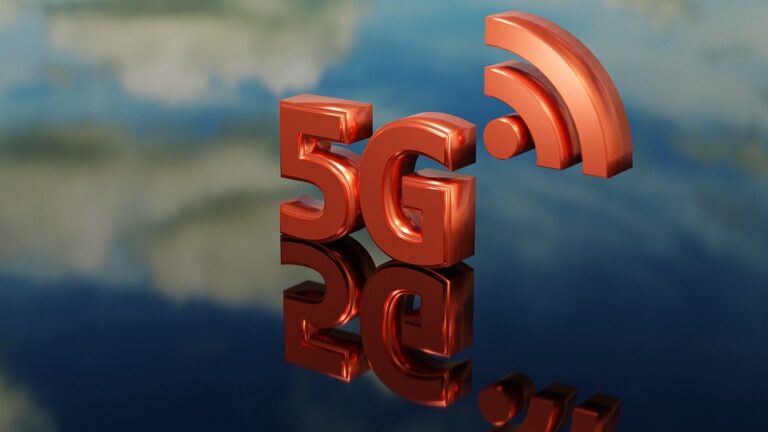Drones and Delivery Systems

In recent years, technology has rapidly transformed the landscape of many industries, with drones and delivery systems being at the forefront of this change.
No longer confined to the realms of futuristic fantasy, drones are increasingly becoming an integral part of logistics and delivery networks worldwide.
The Evolution of Drones in Delivery Systems
The concept of using drones for delivery can be traced back to the early 2010s when companies began experimenting with the potential of unmanned aerial vehicles (UAVs) for commercial purposes.
Initially, these experiments were met with skepticism, but as technology advanced, the feasibility of drone deliveries became more apparent.
Early Experiments and Innovations
In 2013, Amazon announced its ambitious Prime Air project, which aimed to use drones for delivering packages to customers within 30 minutes of placing an order. This bold move sparked interest and innovation across the industry, leading other companies to explore similar solutions.
Meanwhile, regulations and technological limitations posed significant challenges, but the momentum had begun.
The Role of Technology Advancements
Over the past decade, technological advancements in areas such as battery life, navigation systems, and obstacle avoidance have drastically improved drone capabilities.
These improvements have made it possible for drones to travel longer distances, carry heavier payloads, and navigate complex urban environments, thus moving drones from a concept to a practical solution.
Current Applications of Drones in Delivery
Today, drones are employed in various delivery applications, ranging from commercial package deliveries to humanitarian aid. Companies and organizations are finding innovative ways to leverage drones to meet consumer demands and address logistical challenges.
Commercial Package Delivery
Major retailers and logistics companies have started integrating drones into their delivery systems to improve efficiency and reduce delivery times. In rural areas, where traditional delivery methods can be slow and costly, drones offer a faster and more economical alternative.
For instance, companies like UPS and DHL have been conducting pilot programs to deliver packages using drones, particularly in hard-to-reach areas.
Medical and Emergency Deliveries
Drones have also proven invaluable in the healthcare sector, particularly for delivering medical supplies, vaccines, and even organs for transplantation. In remote or disaster-stricken areas, drones can quickly transport essential medical items, saving lives and improving access to healthcare.
During the COVID-19 pandemic, drones played a crucial role in delivering test kits and vaccines to remote locations.
Food and Consumer Goods
The convenience and speed of drone deliveries have extended to the food and consumer goods sectors. Companies like Uber Eats and Domino’s Pizza have explored drone delivery for food orders, aiming to reduce delivery times and enhance customer satisfaction.
This application is particularly appealing in densely populated urban areas, where traffic congestion can delay traditional delivery methods.
The Future of Drones in Delivery Systems
As technology continues to evolve, the future of drones in delivery systems looks promising. There are several emerging trends and potential developments that could shape the industry in the coming years.
Autonomous Drone Networks
The advancement of artificial intelligence and machine learning is paving the way for fully autonomous drone networks. These networks could operate without human intervention, optimizing delivery routes, and ensuring timely deliveries.
With AI at the helm, drones could learn from past experiences to improve performance and efficiency continuously.
Urban Air Mobility
The concept of urban air mobility (UAM) envisions a future where drones and other aerial vehicles share the skies to transport people and goods within cities. This vision includes not only package deliveries but also passenger drones, creating an entirely new dimension of urban transportation.
While regulatory and infrastructural hurdles remain, the potential benefits of UAM are driving continued investment and research.
Integration with Smart Cities
As cities become smarter and more connected, drones could play a crucial role in urban logistics. By integrating with smart city infrastructure, drones could communicate with traffic systems, weather sensors, and other city management tools to optimize delivery routes and minimize disruptions.
This integration could lead to more sustainable and efficient urban environments.
Challenges and Considerations
Despite the exciting potential of drones in delivery systems, several challenges and considerations must be addressed before widespread adoption can occur.
Regulatory Frameworks
One of the most significant hurdles for drone delivery systems is navigating complex regulatory environments. Different countries have varying rules and regulations regarding drone operations, including flight restrictions, privacy concerns, and safety standards.
Collaborating with governments and regulatory bodies is essential to establish clear guidelines that balance innovation with safety and privacy.
Safety and Reliability
Ensuring the safety and reliability of drone deliveries is paramount. Drones must be equipped with advanced sensors and collision-avoidance systems to prevent accidents and ensure safe operations.
Additionally, redundancy systems and robust communication networks are necessary to maintain reliable performance, especially in densely populated areas.
Public Perception and Acceptance
Gaining public trust and acceptance is crucial for the success of drone delivery systems. Concerns about noise pollution, privacy invasion, and the impact on traditional delivery jobs must be addressed through transparent communication and community engagement.
Demonstrating the benefits and safety of drone deliveries can help build public confidence.
Conclusion: A New Era of Delivery Systems
Drones are poised to revolutionize delivery systems, offering faster, more efficient, and environmentally friendly solutions to meet the demands of modern consumers. While challenges remain, continued innovation and collaboration between industry, government, and communities can pave the way for a future where drones seamlessly integrate into our daily lives.
As we look ahead, the potential of drones in delivery systems is both exciting and inspiring, promising a new era of convenience and connectivity.






